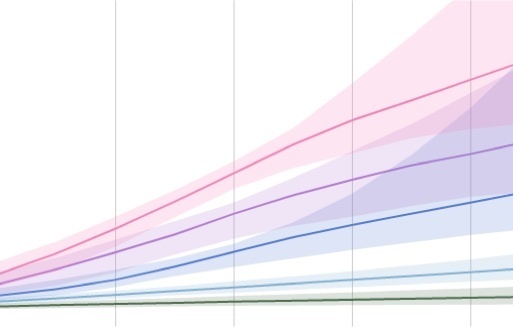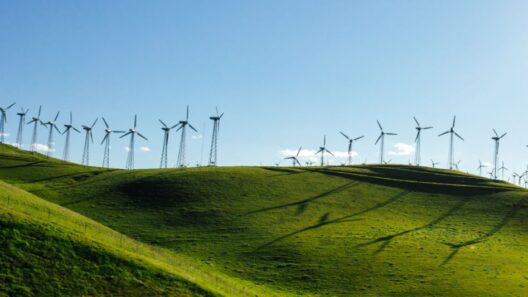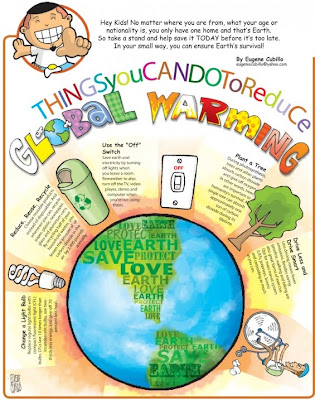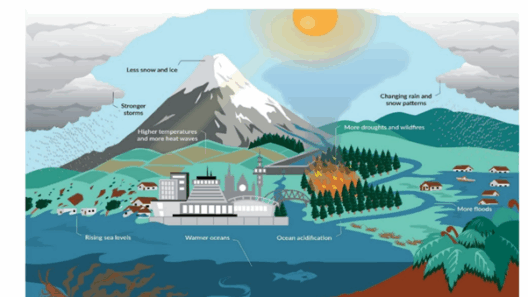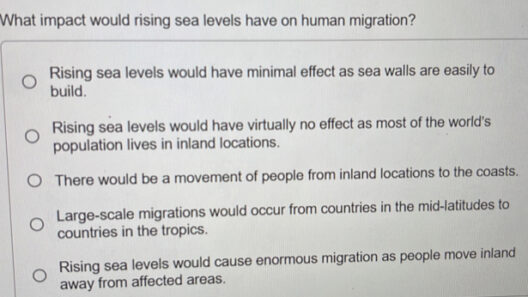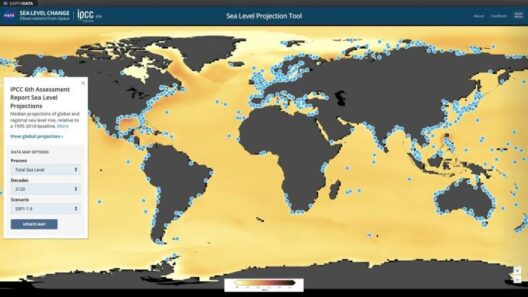From coastlines to communities, the phenomenon of rising sea levels elicits a profound concern for our planet’s future. As climate change accelerates, understanding sea-level rise becomes essential not just for environmentalists, but for every individual with a stake in our shared terrestrial existence. The oceans encroach, often in ways that seem insidious yet predictable. Observations are stark, yet they merely hint at the deeper complexities tied to this global predicament. What drives the changes in sea levels, and how are these changes altering the landscapes of our time?
When discussing sea levels, it is pivotal to grasp the fundamental science behind the measurements. Historically, average sea levels maintained a certain equilibrium, influenced by various factors, including thermal expansion and the melting of glaciers and ice sheets. Over recent decades, however, scientific evidence has painted a picture of unprecedented change. Satellite imagery and tidal gauge data illustrate a steady rise in average sea levels, with projections estimating increases of several feet by the end of the century, should current trends continue. But why is this alarming? The implications reach far beyond flooding coastlines—they encompass ecological, economic, and social ramifications that could shift global dynamics.
In recent years, satellite missions like NASA’s GRACE (Gravity Recovery and Climate Experiment) have offered an insightful glimpse into the mysteries of Earth’s gravitational field, further uncovering the intricacies of sea-level changes. These advancements allow scientists to monitor variations in the mass of polar ice caps, revealing alarming rates of retreat that unequivocally contribute to rising seas. Coupled with thermal expansion—where warmer ocean waters occupy more volume—these factors create a tumultuous scenario for coastal regions, threatening habitats, displacing human populations, and transforming ecosystems.
The gravitational pull of climate change also extends its reach into the realm of tides. With rising sea levels, regular tides can penetrate further inland, creating an incessant challenge for low-lying areas. These encroachments, coupled with extreme weather events, have led to an increased frequency of coastal flooding. Urban centers like Miami, New Orleans, and New York City have begun investing heavily in infrastructure projects designed to shield against the imminent threat of inundation, yet no physical barrier can truly contain the perennial rise of the oceans.
Architecting Adaptive Cities: Engineering Resilience Through Innovation
In light of escalating sea levels, cities around the globe are inextricably drawn to explore innovative engineering solutions. The urgency of adaptation looms large, prompting governments and researchers to devise strategies that not only mitigate risks but also bolster community resilience. Elevated walkways, storm surge barriers, and seawalls demonstrate humanity’s ingenuity in navigating this transformative landscape. Moreover, the integration of green infrastructure—such as wetlands restoration—offers a dual benefit: not only do these ecosystems serve as buffers against storm surges, but they also foster biodiversity, enhancing environmental integrity.
Data suggests that cities investing in adaptive technologies and sustainable urban planning not only safeguard infrastructure but also promote economic vitality by attracting eco-conscious businesses. When infrastructure projects incorporate ecological incentives, communities reap rewards that extend well beyond mere protection. Thus, it’s imperative to recognize that the race against rising sea levels presents an opportunity for innovation—an open canvas upon which to reimagine the relationship between humanity and nature.
The Societal Implications: Displacement, Disparity, and International Dynamics
While the physical aspects of rising sea levels capture headlines, the social ramifications warrant equal consideration. Coastal communities—particularly in developing nations—face profound existential threats. Small island states, for instance, grapple with the encroachment of the sea, culminating in displacement and potential loss of sovereignty. The interactions between climate-induced migration and sociopolitical dynamics accentuate disparities, underscoring the inequities faced by marginalized populations who contribute least to global emissions yet bear the brunt of climate impacts.
In this milieu, global cooperation and equitable resource distribution become paramount. Wealthy nations, which historically contributed the most to greenhouse gas emissions, bear a moral obligation to support adaptation efforts in vulnerable regions. Initiatives like the Paris Agreement highlight the need for transnational collaboration to confront rising seas, yet the path to effective implementation is rife with challenges. Capital allocation, technological transfer, and active political will remain critical to preventing an exacerbation of existing inequities.
In conclusion, the question “How much are sea levels rising?” extends beyond quantifiable measurements. It invites a contemplation of our place in the intricate web of ecological and socio-economic systems. By recognizing the interplay between scientific inquiry and human adaptation, society must commit to multi-faceted responses that encompass innovative infrastructure, environmental stewardship, and global unity. The tenuous line between land and ocean foreshadows a future in which our collective fate is bound to the health and stability of our aquatic counterpart. Sea levels continue to rise, but so too does our opportunity for ingenuity and cooperation in addressing the challenges of an ever-shifting world.



